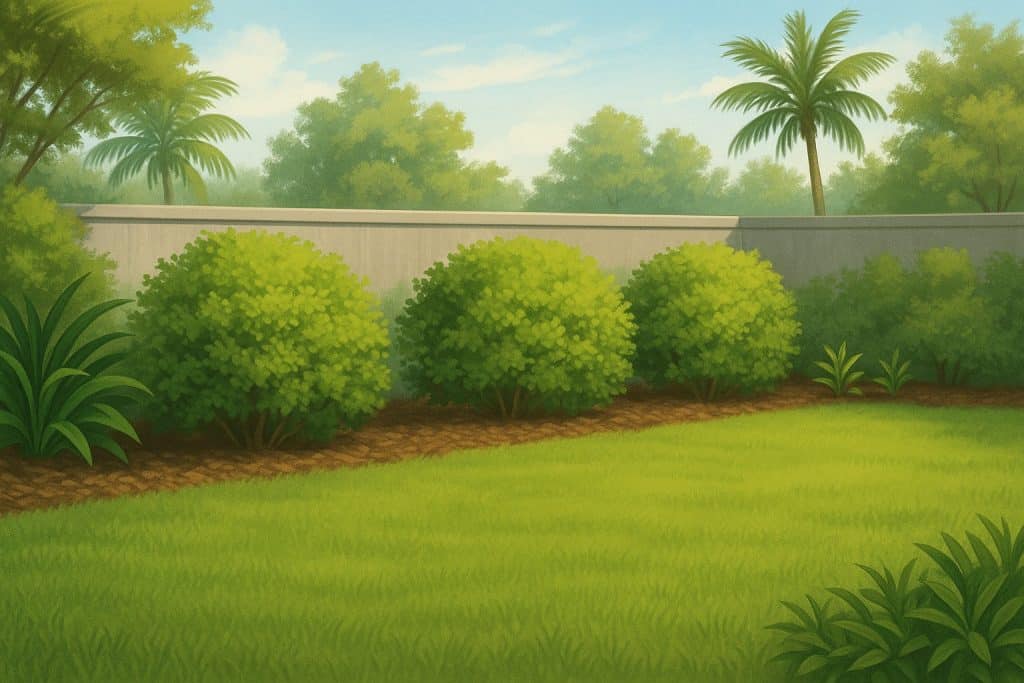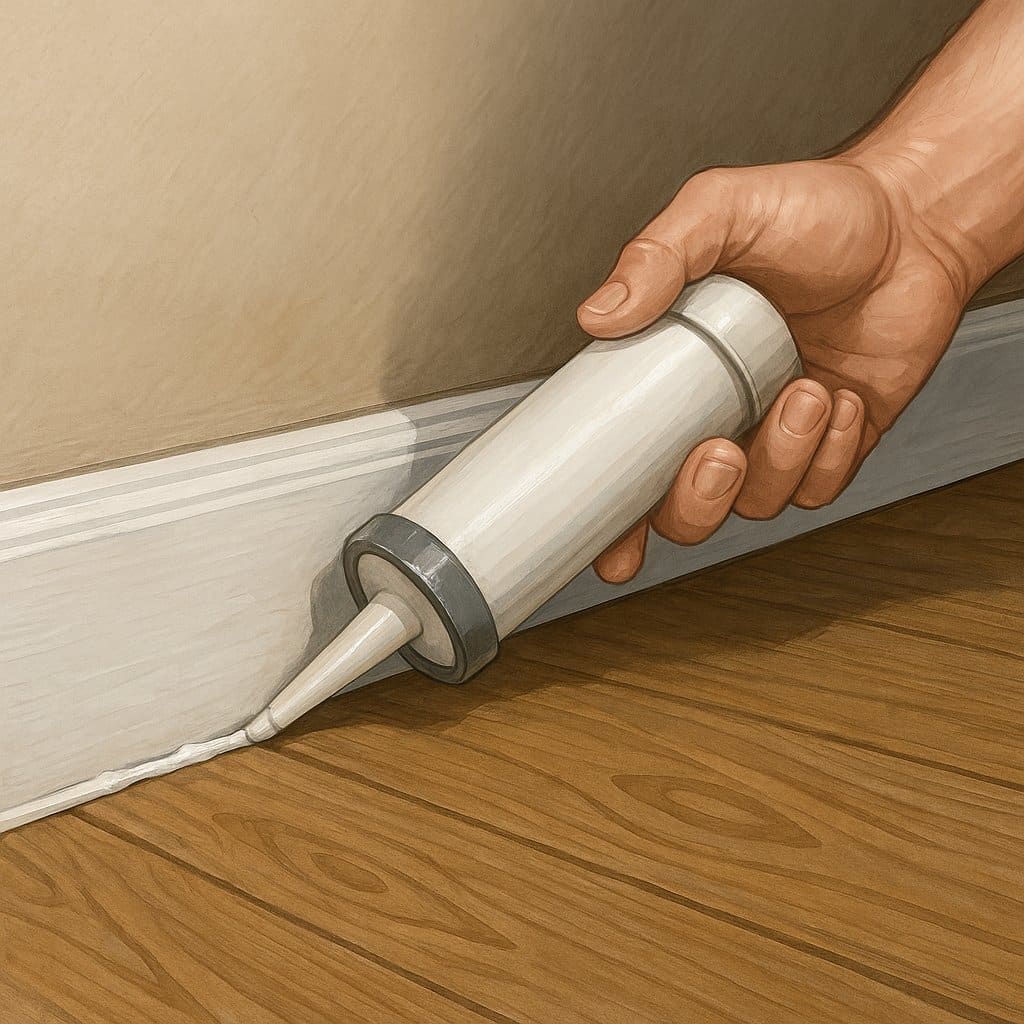Picture this: you slip into the kitchen for a midnight snack, flick on the light and see a giant, reddish‑brown roach dart across the floor. In South Florida these aren’t just any roaches—locals call them palmetto bugs, and they’re as common as our swaying palms. If you live in Pinecrest, you know that the same lush landscape that makes this village beautiful also provides shelter, food and moisture for insects of all kinds. That doesn’t mean you have to share your home with them. This guide explains why palmetto bugs love Pinecrest, how to keep them outside where they belong, and when it’s time to call in the pros.
Why Pinecrest Attracts Palmetto Bugs
Pinecrest’s appeal—tropical plants, warm weather and a relaxed, suburban vibe—also makes it a paradise for pests. Several local conditions invite palmetto bugs:
- Mature trees and thick shrubs: Shady landscaping and ornamental palms create cool hiding spots. Overgrown vegetation also acts as a bridge for roaches to climb onto roofs and into attics.
- Abundant rain and irrigation: South Florida’s frequent showers mean constant moisture for bugs. Standing water in plant saucers, clogged gutters or low spots can support roach and mosquito larvae.
- Florida warmth and humidity: Warm temperatures and high humidity allow palmetto bugs to breed year‑round.
- Older homes with gaps and cracks: Many Pinecrest homes have crawl spaces, vents or original wood siding. Small cracks under doors, loose window screens and unsealed utility penetrations give palmetto bugs easy access.
- Food and water sources: Kitchens, pet food, compost piles and outdoor grills provide a smorgasbord for hungry roaches.
Understanding why palmetto bugs thrive here is the first step to keeping them out.
What Exactly Is a Palmetto Bug?
The term palmetto bug is a local nickname for the American cockroach—one of the largest roach species in Florida. Adults are reddish‑brown, with long antennae and fully developed wings, and can reach two inches long. They prefer warm, damp environments like basements, crawl spaces, garbage areas and mulched gardens. Unlike smaller German cockroaches that live almost exclusively indoors, palmetto bugs typically live outdoors but will wander in seeking food or shelter, especially during heavy rains.
Signs of a Palmetto Bug Problem
- Sightings: Seeing large, reddish‑brown roaches in bathrooms, kitchens or garages—especially at night—is a key sign.
- Egg cases: Look for dark, purse‑shaped egg cases (oothecae) behind appliances, in cabinets or under furniture.
- Droppings: Their feces resemble small coffee grounds or pepper granules.
- Musty odor: Heavy infestations produce an oily, musty smell.
Seal the Gaps: Physical Exclusion
Palmetto bugs don’t need much of an invitation—a crack the width of a dime is enough. Focus on sealing entry points, as competitor experts recommend:
- Inspect foundation and exterior walls. Use caulk or expandable foam to fill gaps around pipes, cable lines and faucets. Repair cracked stucco and replace weather‑beaten siding.
- Upgrade door and window seals. Install weatherstripping on door frames, add door sweeps on garage and entry doors, and replace torn window screens.
- Cover vents and openings. Screen attic vents and crawl‑space openings with fine mesh to keep rodents and larger insects out.
- Don’t forget the garage. Seal the bottom of garage doors and keep clutter off the floor so bugs have nowhere to hide.
Reduce Moisture and Remove Food
Water and food keep palmetto bugs coming back. Good housekeeping makes your home far less appealing:
- Fix leaks and drips. Repair dripping faucets, leaky pipes and condensation issues promptly. In basements or other damp areas, use dehumidifiers to keep humidity below 50 %.
- Store food in sealed containers. Keep pet food in airtight bins. Don’t leave food—or dirty dishes—out overnight.
- Clean often. Wipe down counters and sweep or mop floors regularly to remove crumbs. Empty trash frequently and use bins with tight‑fitting lids.
- Eliminate standing water. Empty plant saucers and birdbaths after rain; ensure gutters drain properly; and fix any low areas where rainwater collects.
Tidy Up the Yard
Many palmetto bugs start outdoors and then wander inside. Proactive yard maintenance makes a big difference:
- Trim vegetation: Keep tree branches, shrubs and hedges trimmed back from the house and roof. This removes “bridges” roaches use to gain entry.
- Remove leaf litter and mulch buildup: Excess organic matter near foundations creates damp, sheltered spots. Use gravel or thin mulch instead of thick wood chips, and keep mulch several inches away from exterior walls.
- Clean gutters and downspouts: Clogged gutters provide standing water that encourages mosquito and roach breeding.
- Store firewood and compost away from the house: Piles of yard waste or firewood against the foundation are favorite hiding spots for pests.
- Keep the lawn mowed and weeds under control. Overgrown yards provide harborage for insects.

Natural Deterrents and DIY Treatments
Many homeowners prefer to try eco‑friendly deterrents before turning to chemical sprays. While these remedies aren’t a cure‑all, they can help as part of an integrated approach:
- Bay leaves, catnip and mint: These herbs have natural repellent properties. Place sachets in cabinets or along entry points.
- Cinnamon or vinegar near entry points: Competitor sites note that ants and some roaches dislike strong scents like cinnamon or vinegar.
- Citronella or lavender around patios: Plant mosquito‑ and roach‑repelling plants like citronella, lemongrass or lavender near doors and outdoor seating.
- Boric acid and diatomaceous earth: These powders can be applied in cracks and voids where roaches travel. Keep them away from children and pets and follow label directions.
- Sticky traps: Place monitor traps behind appliances and along baseboards to track activity and reduce numbers.
DIY treatments can keep occasional intruders at bay, but heavy or persistent infestations require a more comprehensive strategy.

When to Call a Professional
Even diligent homeowners sometimes need help. If you see multiple palmetto bugs during the day, find large egg cases, or notice an oily odor, it’s time to bring in a professional. Trusted local providers will:
- Identify the specific pest and its entry points.
- Customize a prevention and treatment plan for your property.
- Use products and methods that are safe for families and pets while effectively eliminating roaches and their eggs.
- Provide follow‑up visits to ensure long‑term results.
At Dade Pest Solutions we understand the unique conditions of Pinecrest. Our integrated pest management approach targets palmetto bugs at the source using eco‑friendly products and proven techniques. We’ll inspect your home, seal up entry points, and create a barrier to keep pests out for good. Learn more in our cockroach identification guide and schedule a free estimate today.
Living Palmetto Bug‑Free Year‑Round
Pinecrest’s subtropical charm doesn’t have to come with unwanted houseguests. By understanding why palmetto bugs love our village and taking proactive steps—sealing cracks, reducing moisture, keeping the yard tidy and using natural deterrents—you can reclaim your home. And when you need backup, Dade Pest Solutions is ready with local expertise and comprehensive treatments. Enjoy all the beauty of Pinecrest without the creepy crawlies!
Neighborhoods We Service / ZIPs
South Miami, High Pines, Ponce-Davis, Ludlam/Coral Terrace, Glenvar Heights, Dadeland, Sunset, Pinecrest.
ZIPs: 33143, 33155, nearby 33156, 33146.
Call 305-330-5565 · Get Instant Price

17 Years of Pest Control Experience Founder and Owner of Dade Pest Solutions Proud Resident of South Florida
Shaun Judy, a dedicated South Florida native, is the founder and driving force behind Dade Pest Solutions. With over 17 years of hands-on experience in the pest control industry, Shaun has built a reputation for reliability, results, and real local knowledge. His journey began with a deep commitment to protecting homes from pests using proven methods and innovative solutions. Raised with a strong work ethic and a passion for service, Shaun treats every property as if it were his own—delivering expert care with a personal touch.

